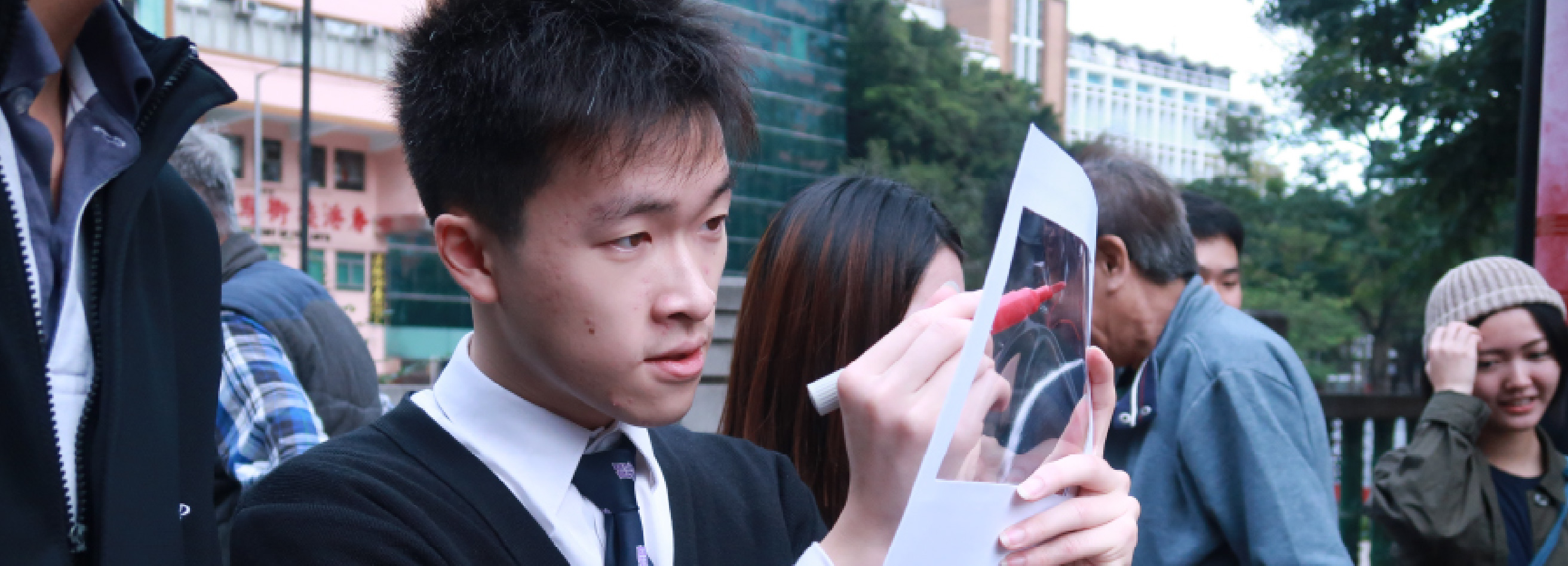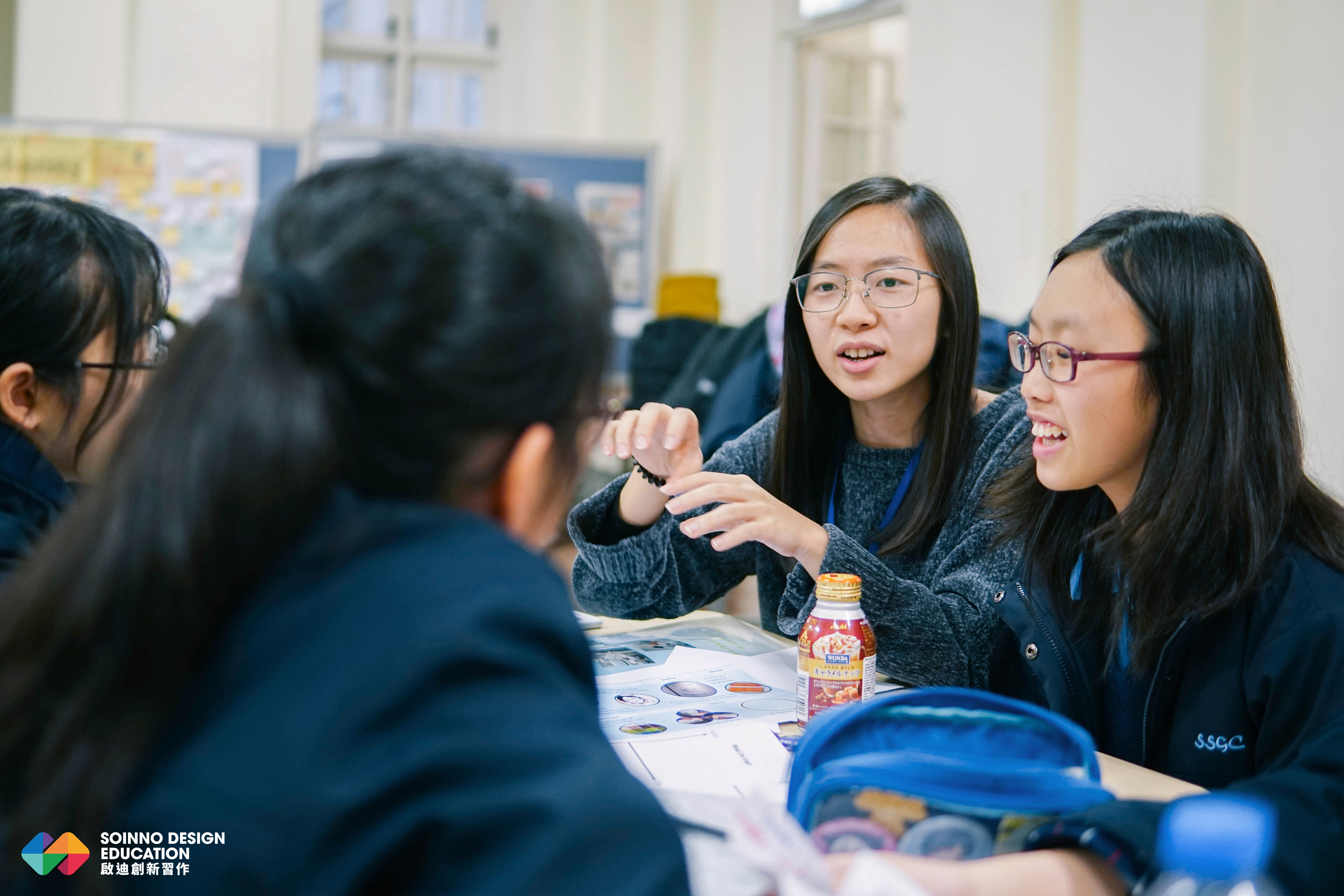
Introduction
In addition to providing student workshops, the SoInno Design Education programme is committed to providing professional training for teachers and pre-service teachers. We have been working with the Faculty of Education of the University of Hong Kong (HKU) to enable pre-service teachers to guide secondary school students through this innovative experience, using new teaching models and tools. These pre-service teachers are both classroom facilitators and learners who put reflective learning theory into practice. Today, we are glad to welcome a student, David, and a lecturer, Dr Jessie Chow, from the Faculty of Education of HKU, who will share their experiences with us.
About Design Thinking
1. Do you think this set of design thinking tools and methods is easy to use, based on your experience in design thinking workshops in secondary schools?
David: They can be a bit tricky to apply in the context of online teaching, where it is difficult to check the actual performance of the students. However, these tools are fun to use in face-to-face teaching because they contain so many new interactive elements. I was most impressed by the design log book that can be used for many purposes, such as making notes and recording reflections. These seemingly simple things are seldom used in the current teaching system. This experience has given me an additional perspective that has benefitted me in other courses and revealed the significance of reflection in learning. The log book is a great help.
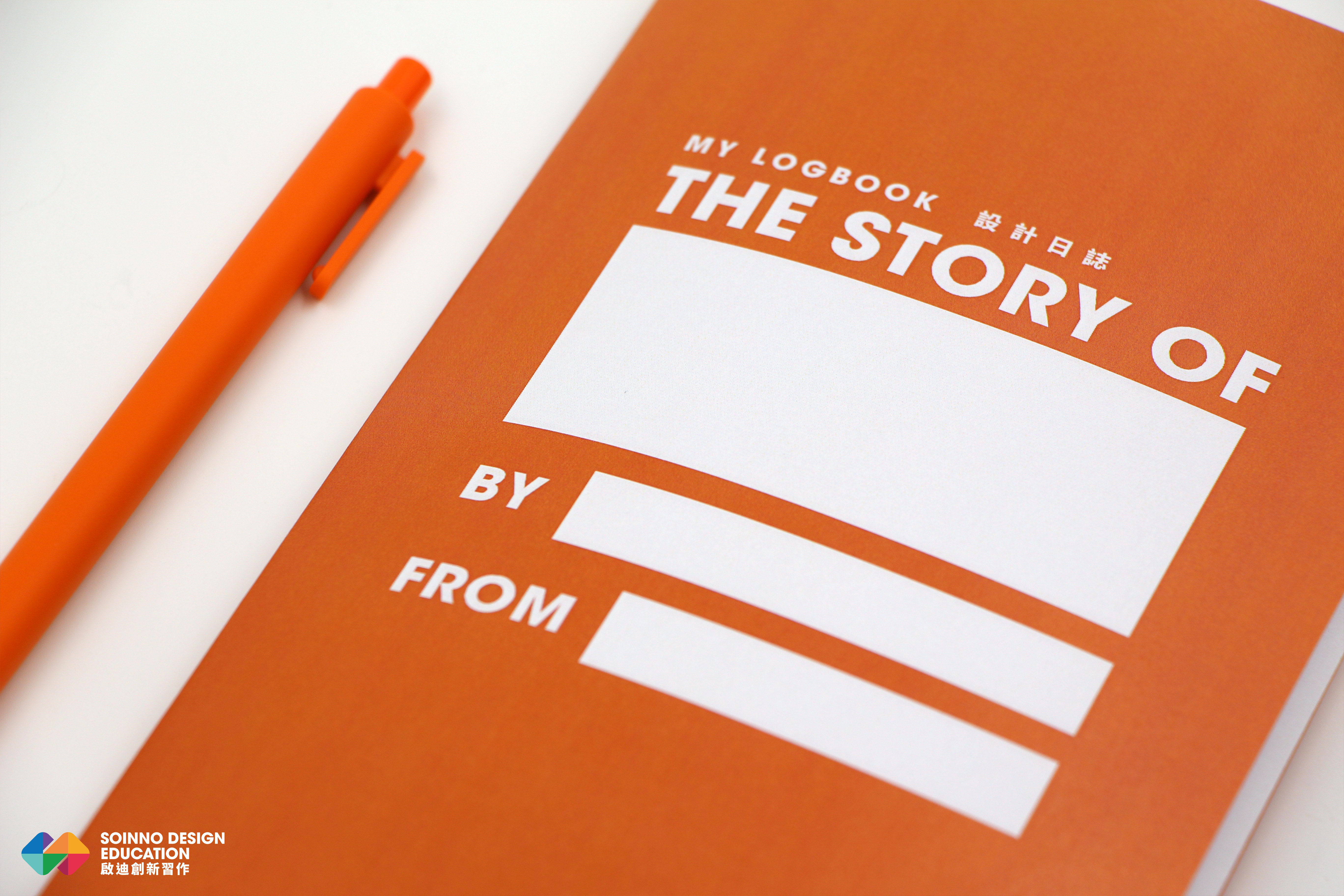
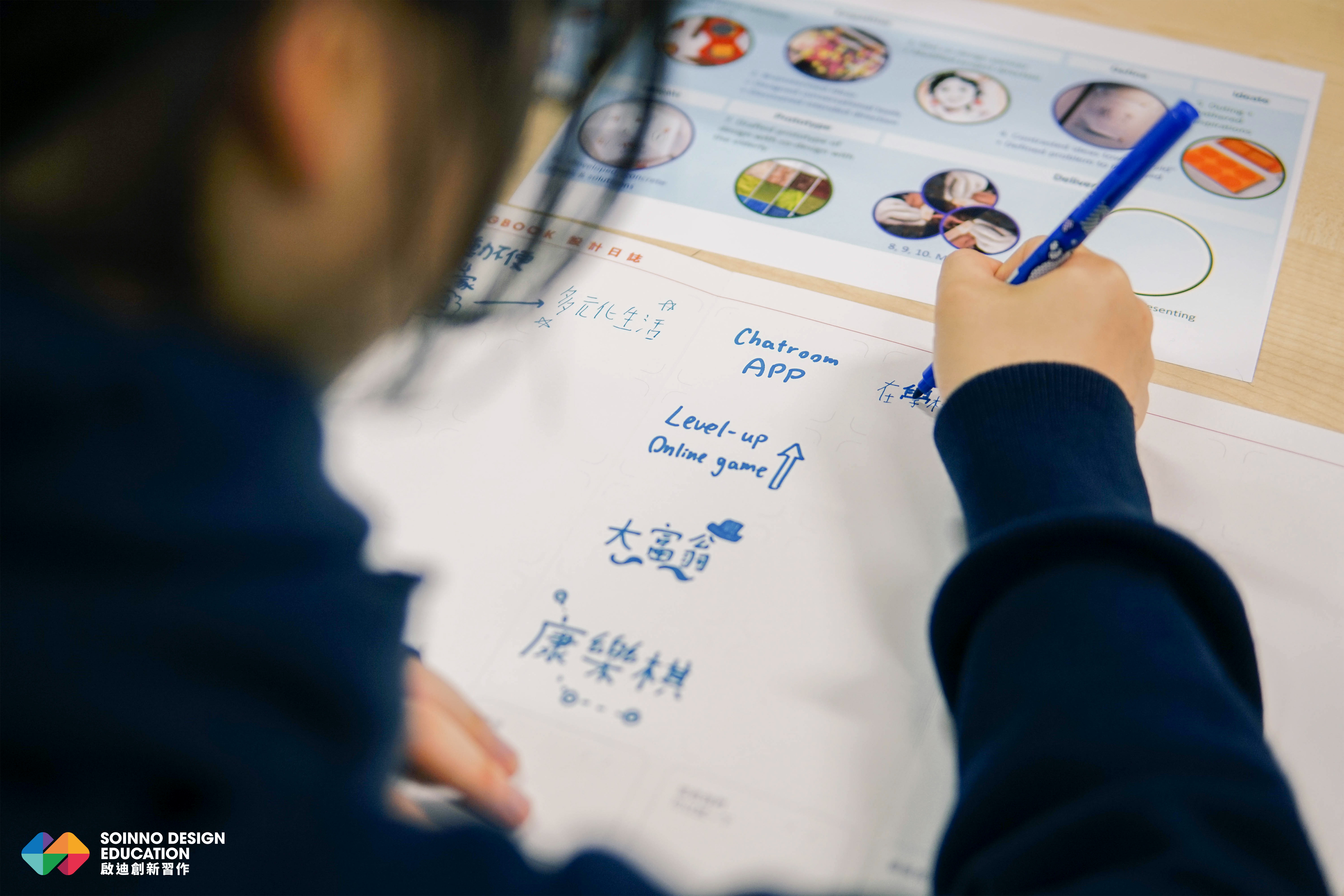
2. How does design thinking benefit your daily life, studies, or teaching? Which concept has most strongly influenced you?
David: Design thinking is definitely beneficial. The key is to defer judgement and not immediately criticise the design that you are working on. Design thinking has allowed me to suspend rash judgements and give more chances. It has also taught me not to impose my standards on others because everyone thinks differently. Since the course, I have been more open to various possibilities. This is an essential quality for teachers, who will encounter many different types of students. In this course, I came to realise that students have varying needs, and we cannot possibly apply the same design solution to all of them.
Jessie: The concept of brainstorming strikes me as highly illuminating. When I work on research proposals and papers, I usually sift out the ideas that emerge from the first round of brainstorming because, often, most people would come up with those ideas. As in design, the ideas that emerge during the first brainstorming session are nothing special. I may not be able to fully use design thinking tools during my daily teaching, but throughout the process of conception or evaluation at my work, I will extend the spirit of design thinking to them. I would go a step further, for example, when providing evaluation guidelines to students. Many elements of design thinking are helpful in our daily life and work.
3. Do you think this set of design thinking tools can be applied to secondary education? What challenges might arise?
Jessie: The design thinking tools may be useful for teachers. For example, the brainstorming tools will be super useful for classroom adaptation. I believe that these tools also have a positive impact on teacher–student relationships and classroom interactions. The biggest challenge lies in the mindset behind design thinking – delay judgement which is something quite different in our system where academic knowledge is quite bullet proof and teaching time is very precious. That said, I believe this important mindset will shift teachers’ way of thinking and provide new insights.
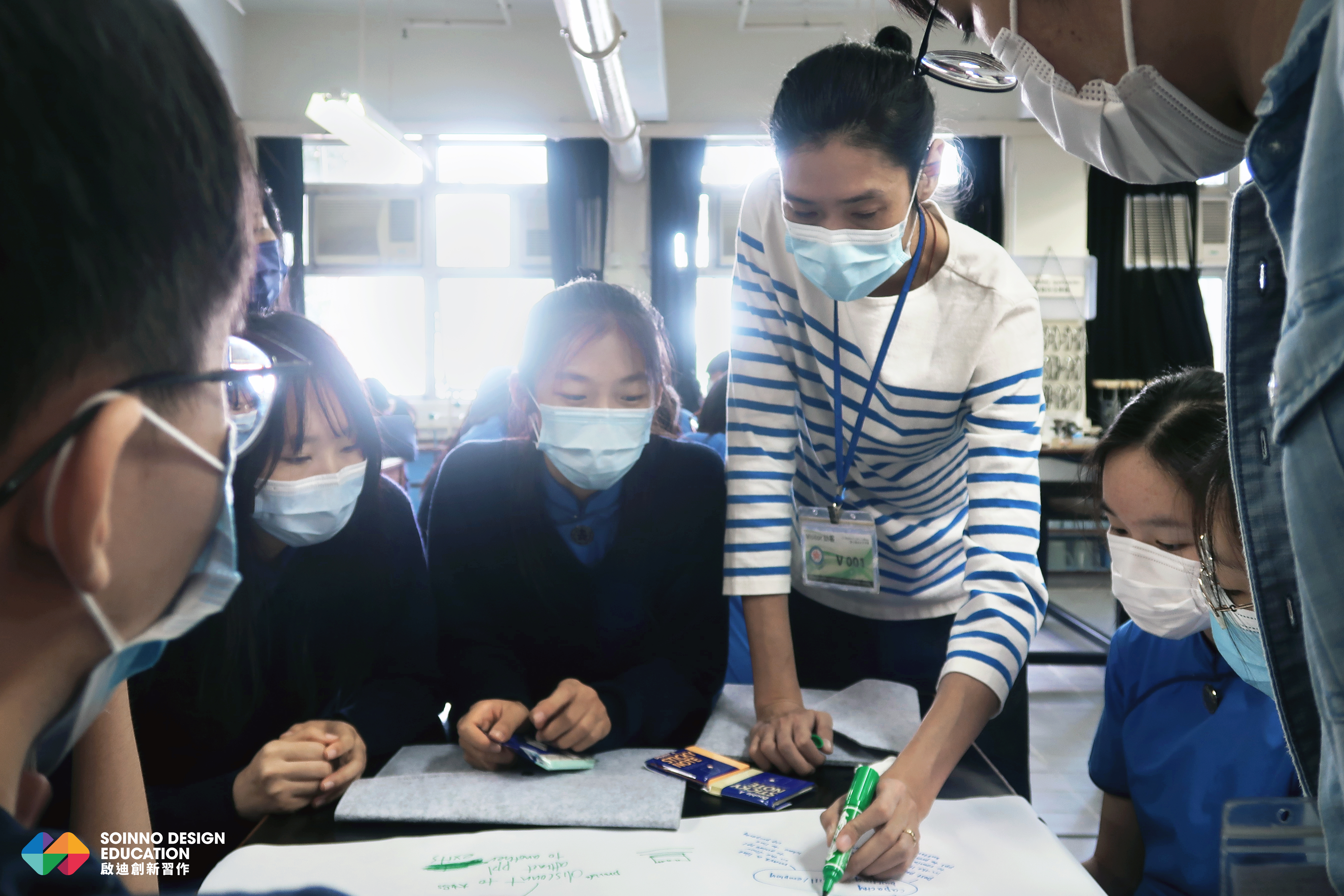
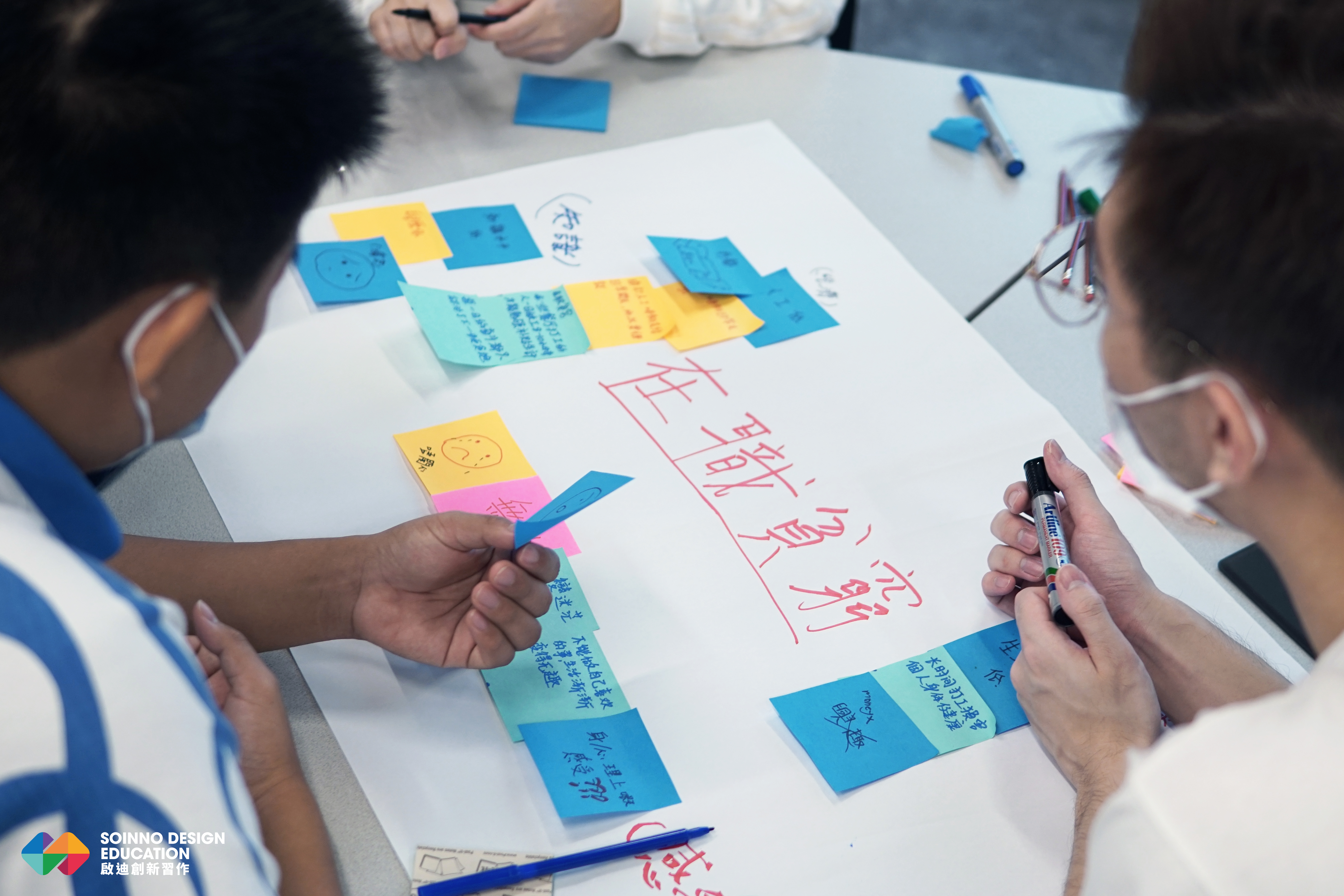
About Reflective Learning
4. What is the reflective learning cycle?
Jessie: The reflective learning cycle is a meta-cognitive process that allows us to think about our thinking. Without reflection, we risk repeating our mistakes. Reflection helps us to understand why we fail and avoid repeating those mistakes. David’s learning experience is a good example. He conducted practical work, wherein he observed, tried, failed, reviewed the whole process, and started again. This represents both a reflective learning cycle and how we actually learn. Reflection helps us to identify our blind spots, strengths, and weaknesses.
5. Why is the reflective learning cycle essential for secondary school students? Do you think it can be incorporated into secondary school education?
David: In my opinion, experience itself is the best way to learn. However, without reflection, experience is just a reflex. This is also the case for many students. For example, when the students are ‘grinding the past-exam papers’, they may know the answers to similar questions but do not know the meaning behind these questions. This is a result of an examination-oriented educational system. The reflective learning cycle may not be compatible with the current educational mechanism. Reflection is based on a deep understanding of and critical insights into a topic. If students acquire all of their knowledge through recitation alone, they will know nothing more than the answers to similar questions and will hardly learn new things from reflection. In such cases, reflection is of little help. I visited Finland and found that the schools have been teaching students to reflect on life. These schools have many community-related programmes that allow students to put what they learn to use in daily life. I asked the students whether they liked attending school, and their answer was ‘not defying the idea’. I believe this represents a large difference from the situation in Hong Kong.
Jessie: Reflection is not something new to us. We used to write diary or weekly reflection when we are in secondary schools right? We now have OLE (Other Learning Experiences) that is beyond classroom learning and maybe we can incorporate the reflective learning cycle into these quite readily and at the same time develop this very important inquisitive mindset in our students. If you imagine what a person will need to succeed in the twenty-first century, a wide range of skills will pop up like interpersonal skills, cooperation skills, and problem-solving skills. We need to help students to become better human beings rather than ‘human doing’.
6. How have you reflected on this experience?
David: I have thought a lot about this experience. At first, I attended the course mainly for fun because I didn’t know what I was doing. After receiving feedback from Jessie, the students, the university team, and other teachers, I began to reflect on how the students reacted to me. What made them respond positively, and what made them respond negatively? As a ‘semi-professional’ teacher, I use the reflective learning cycle to explore fields that attract my interest. After finishing this course, I realised that reflection can inspire me in many aspects of real life.
7. Would you briefly describe the reflection tools you designed, and share your experience in guiding reflection?
David: Our reflection tools are based on five elements: competence, collaboration, confirmation, confidence, and compassion. We designed a variety of mini-games. We started out using various online games, but we and the students were unfamiliar to each other, and they did not actively answer questions. Later, we asked them to take turns answering questions to increase interaction. The students became more engaged and sometimes even complemented each other’s answers. This was the most obvious change I observed. During face-to-face classes, we used different types of tools, such as drawing games in which the students were asked to make and draw associations with something and to tell us why they came up with that idea. I think these interesting tools created a livelier atmosphere. Interactive elements are critical because most classes are teacher-led, where the teacher delivers information and the students receive it. Students think more only when they are asked to respond.
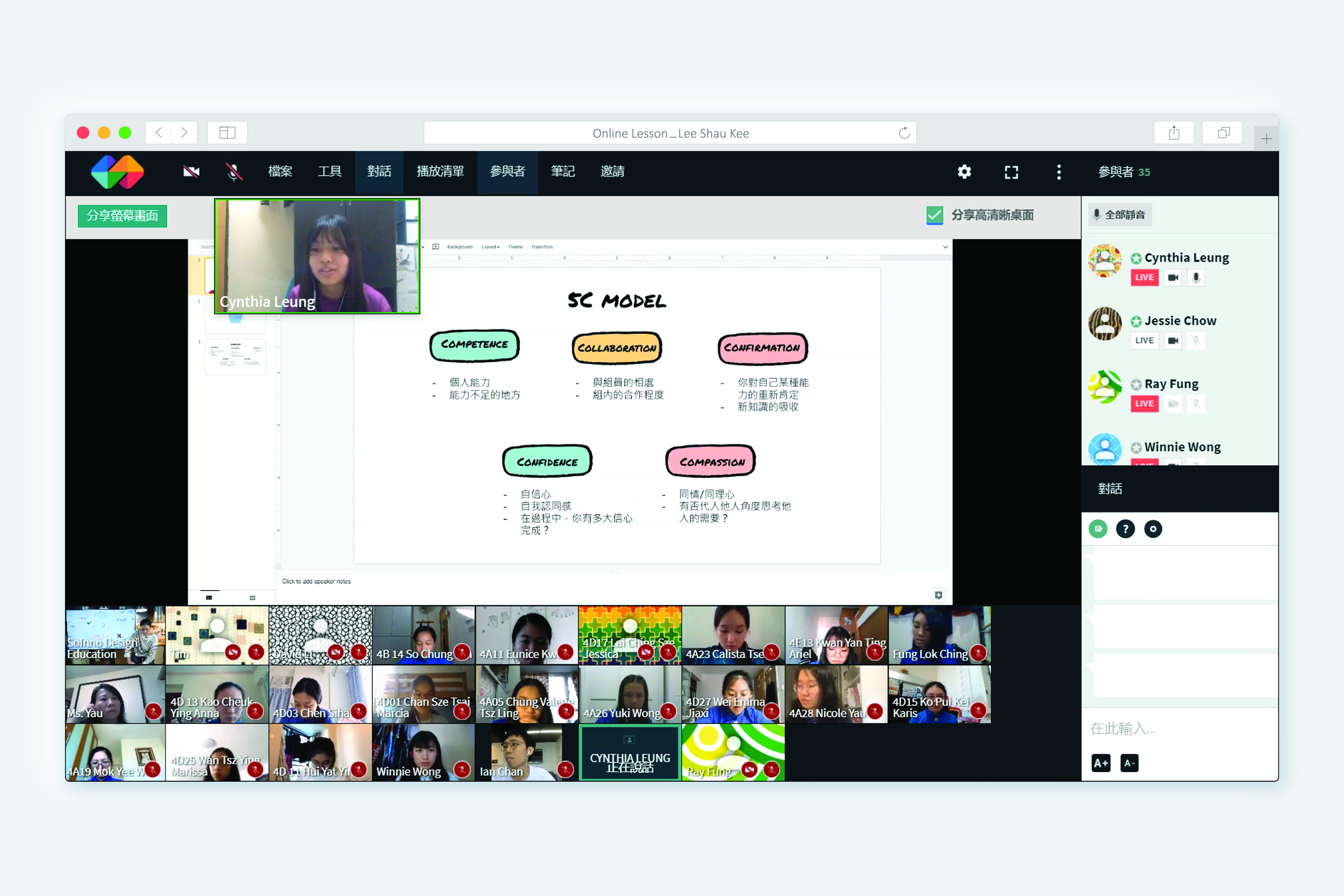
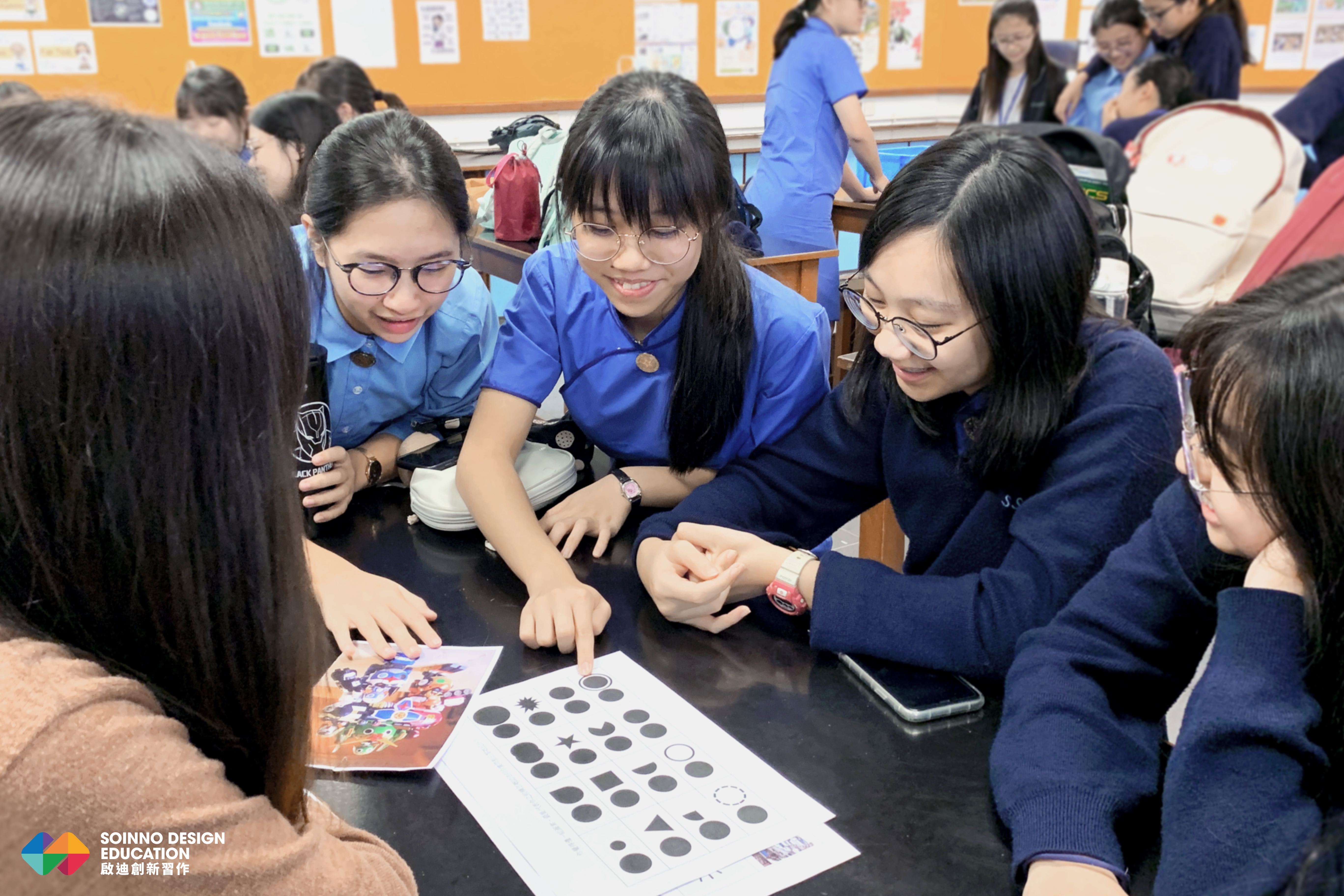
8. Please sum up the connections between reflective learning and design thinking.
David: Design thinking is a new concept. Its elements, such as empathy, definition, ideation, prototyping, and testing, are different from those that we learned in class. Reflection is useful for clarifying some floating concepts and decluttering our minds, especially in this kind of non-outcome-oriented fields. In the beginning, I wondered why design thinking comprises five steps. After some thought, I found that every step played a role in shaping your ideas. If you skip one or more steps in the process, the outcome will be barely satisfactory. Thus, reflective learning plays an important role in design thinking.
Jessie: Design thinking is a learning process, and any learning process requires reflection. Design thinking is a completely new concept in the secondary education system in Hong Kong. Whenever we try to do something new, we always ask ourselves in reflection: Why do we do it? How do we do it? How can we do better next time? Students can reflect on why they keep overturning their ideas in the initial stage of the design process, and why a tool enables them to think more? Such reflective exercises help students to connect the dots from different learning outcomes and see the bigger picture.
9. What is the biggest difference between online and face-to-face classes? How is online teaching different than expected?
David: We met great challenges in communication when we began online teaching. The students were very passive, which stumped us. In offline interactions, we can ask them to do things and hear their honest feedback instantaneously, whereas online sessions take away those benefits. Compared with online teaching, face-to-face classes are much more fun, as students can leave the classroom to investigate and test things and are highly engaged outside the classroom – I was grateful and surprised! Experiences outside the classroom are valuable, as students can see how others react when using their designs. I remember the first time they saw children playing with the footprint patterns they designed; they were delighted and said ‘Maybe we can try it too!’
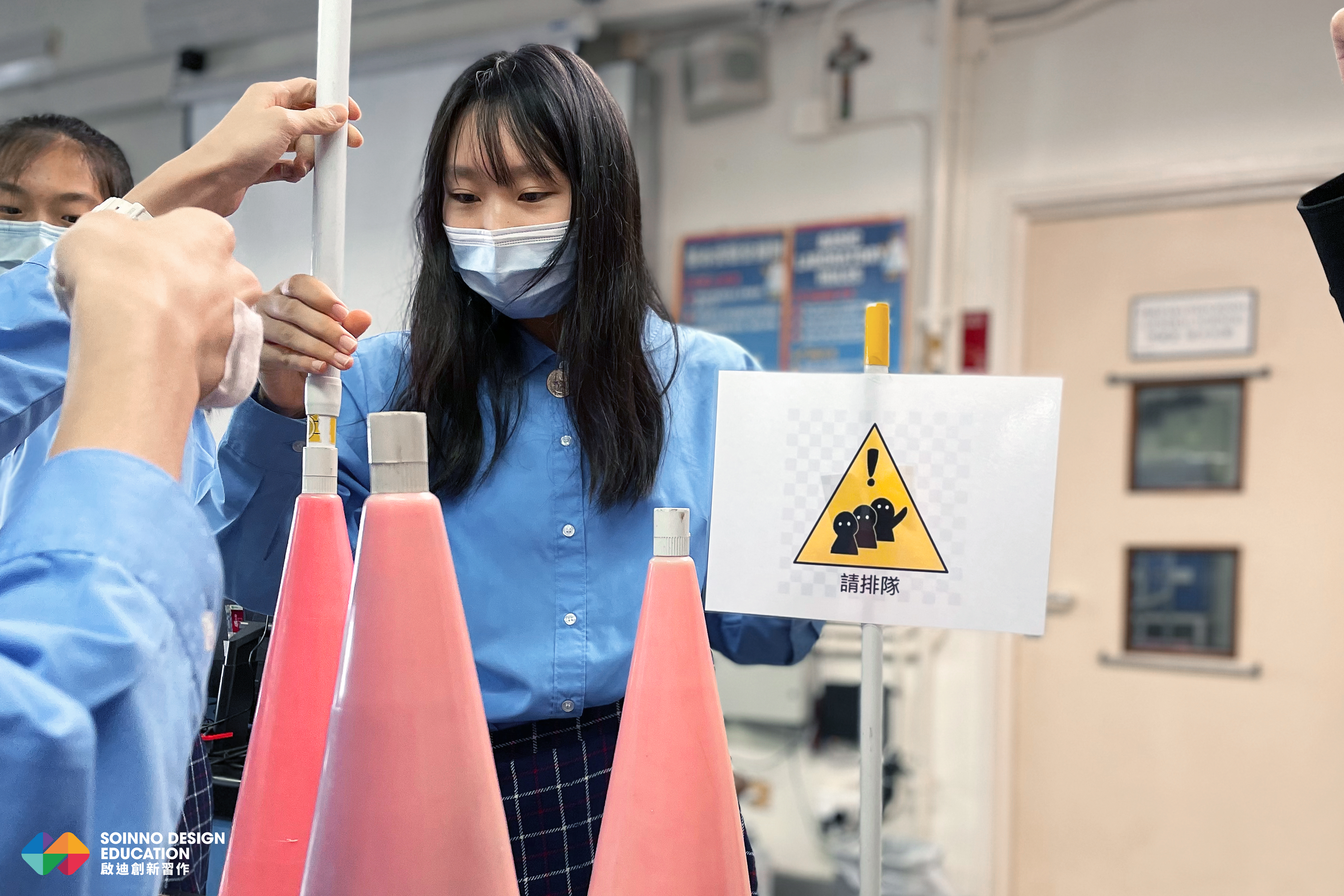
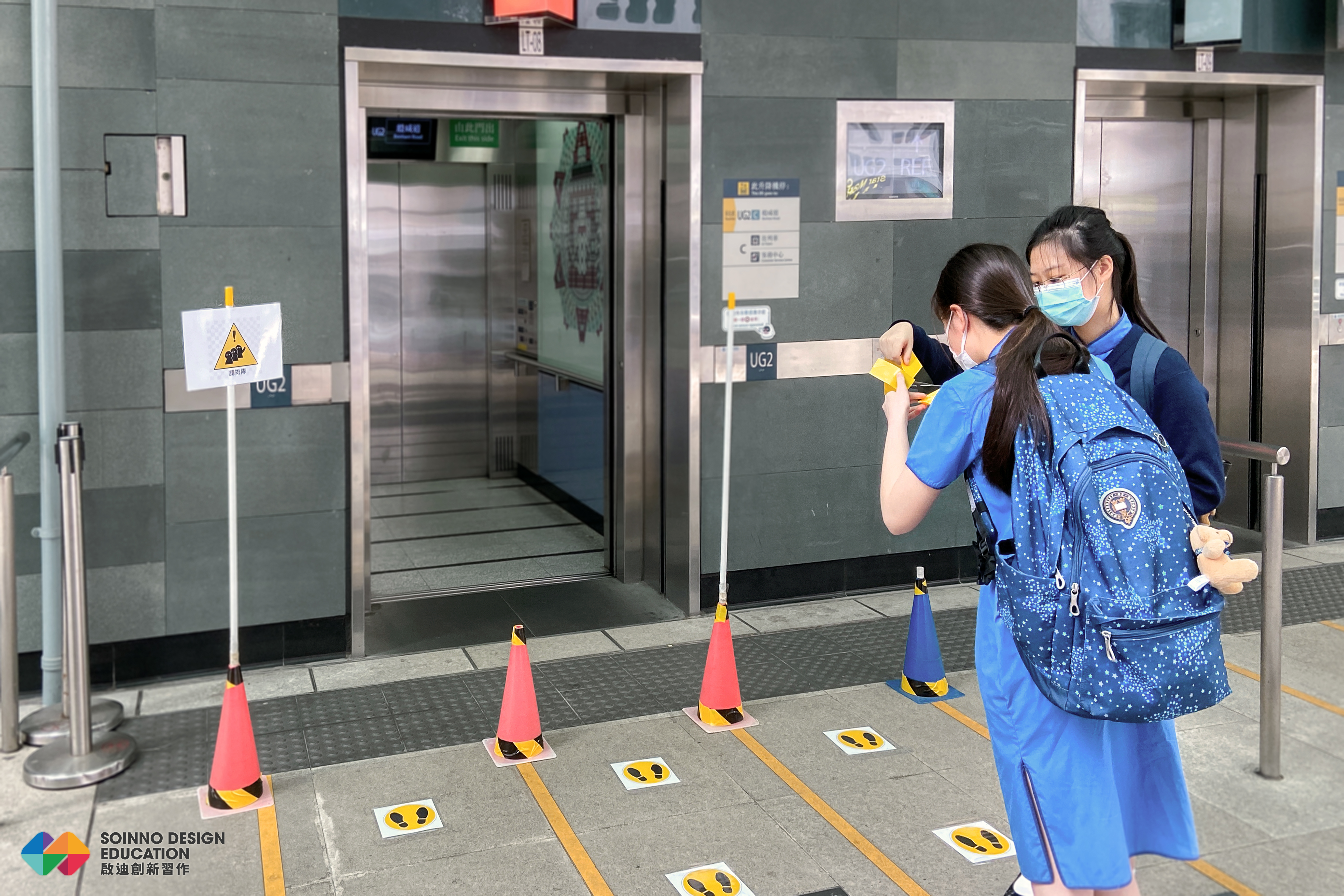
10. What is the most rewarding thing about working in the design thinking workshops in secondary schools?
Jessie: Thanks to this experience, I began to see the possibility of applying design thinking to teacher training, because the ultimate goal of education is to nurture critical and caring thinkers. Changing people’s mindset is not easy. You can teach a great deal of knowledge, but you cannot immediately change a student’s way of thinking. However, this workshop is an intensive course in terms of the number of participants and the schedule. During such an intense learning process, students can achieve their learning outcomes gradually, which cannot be acquired from books. This is the value of experiential learning.
Pre-service teachers can also observe and collaborate with their peers and work with current secondary school students. This is a valuable experience that cannot be created in a lecture room.
